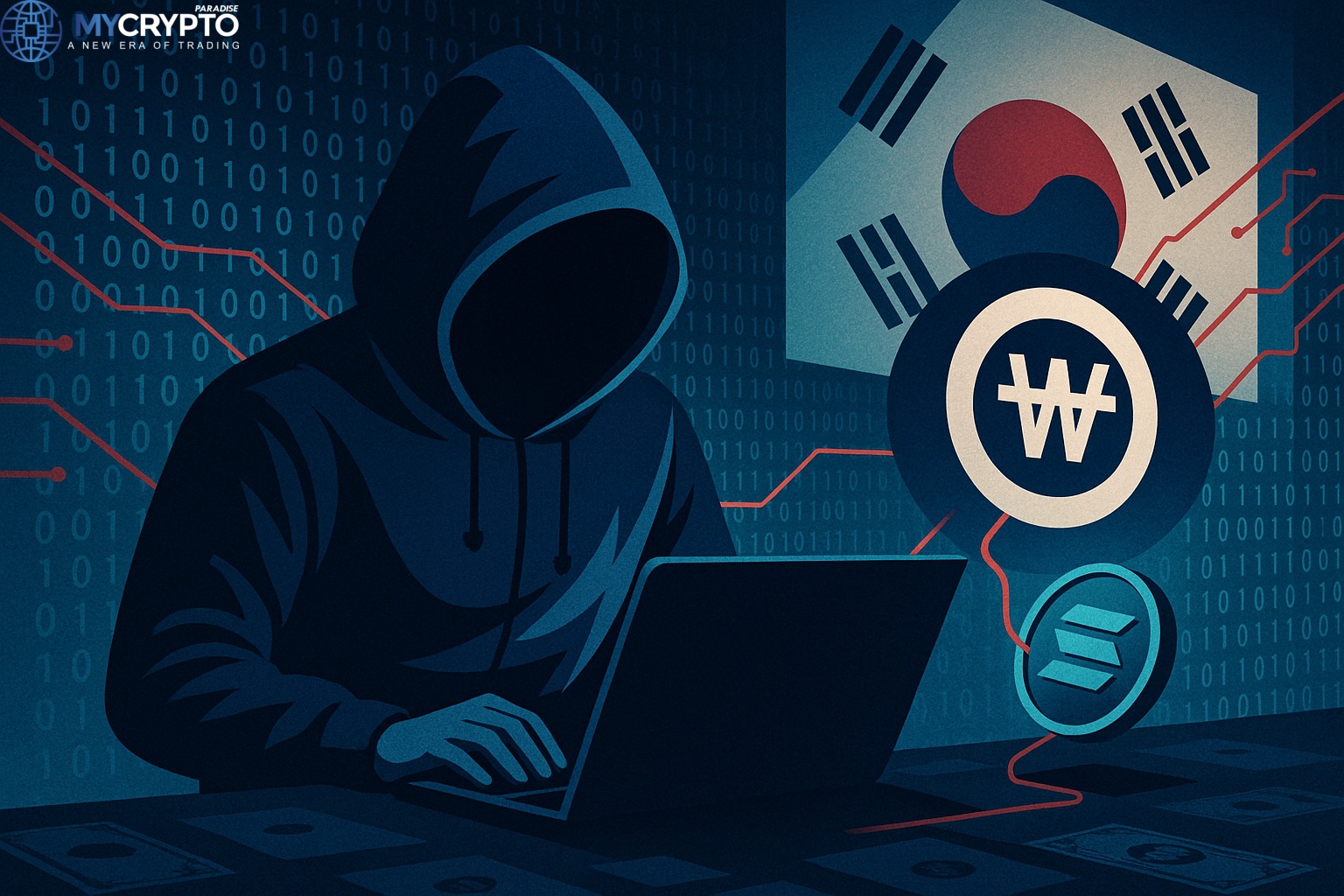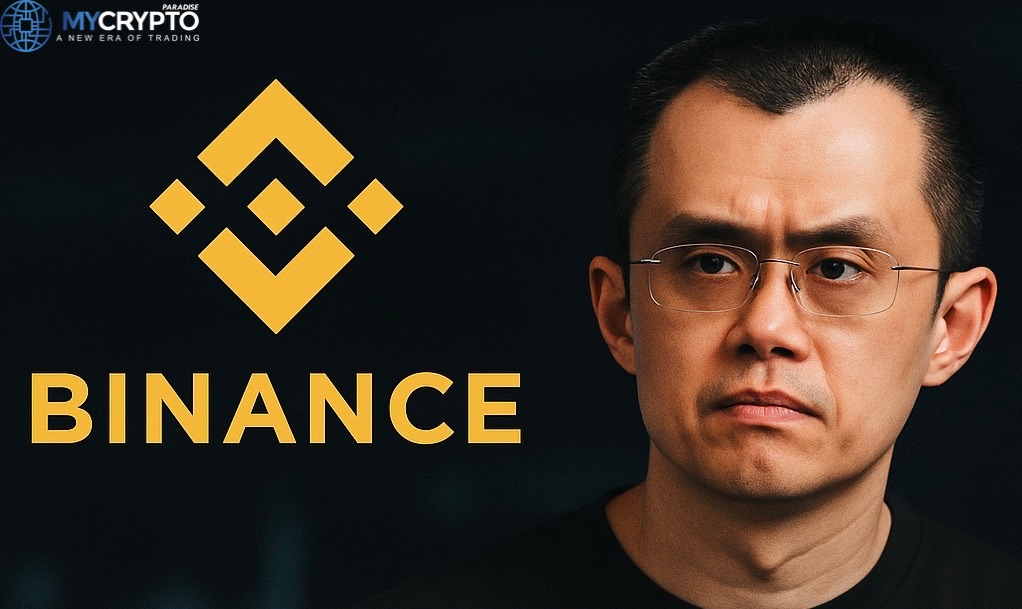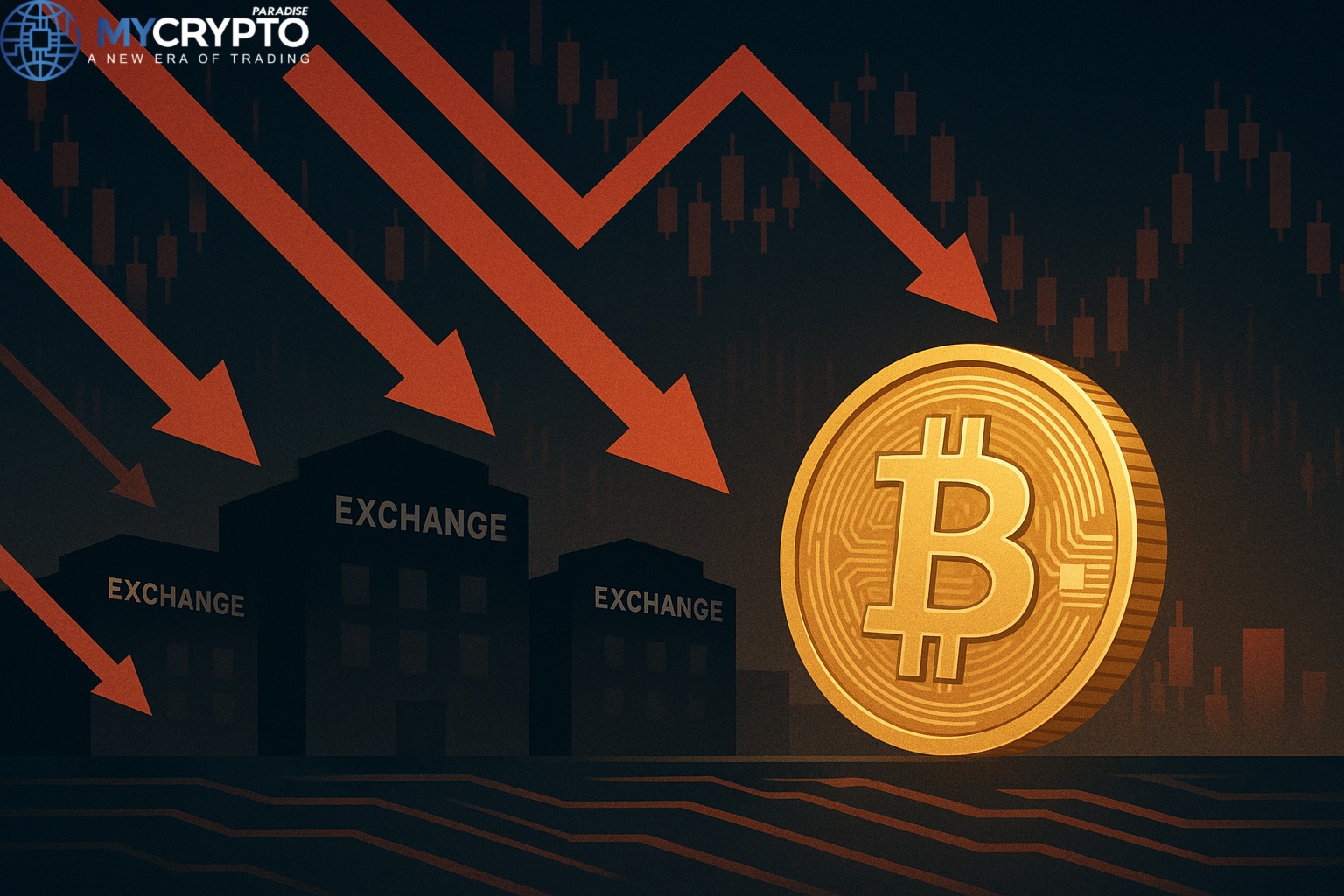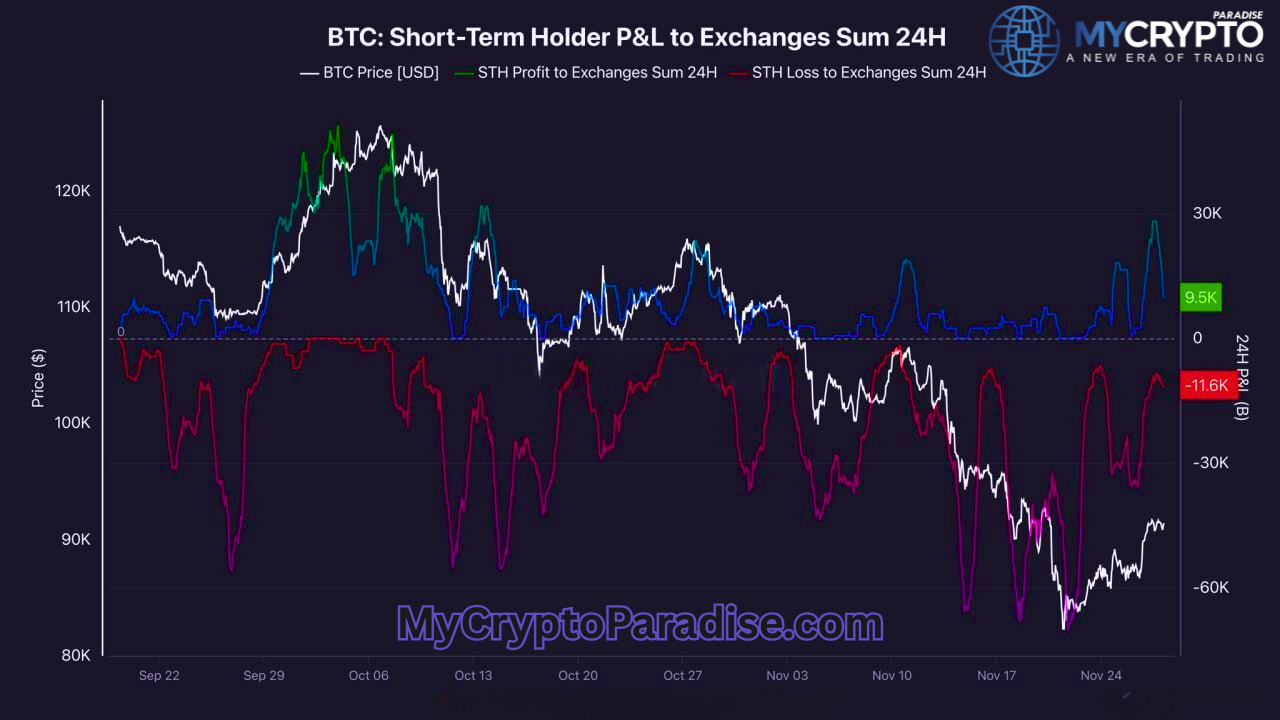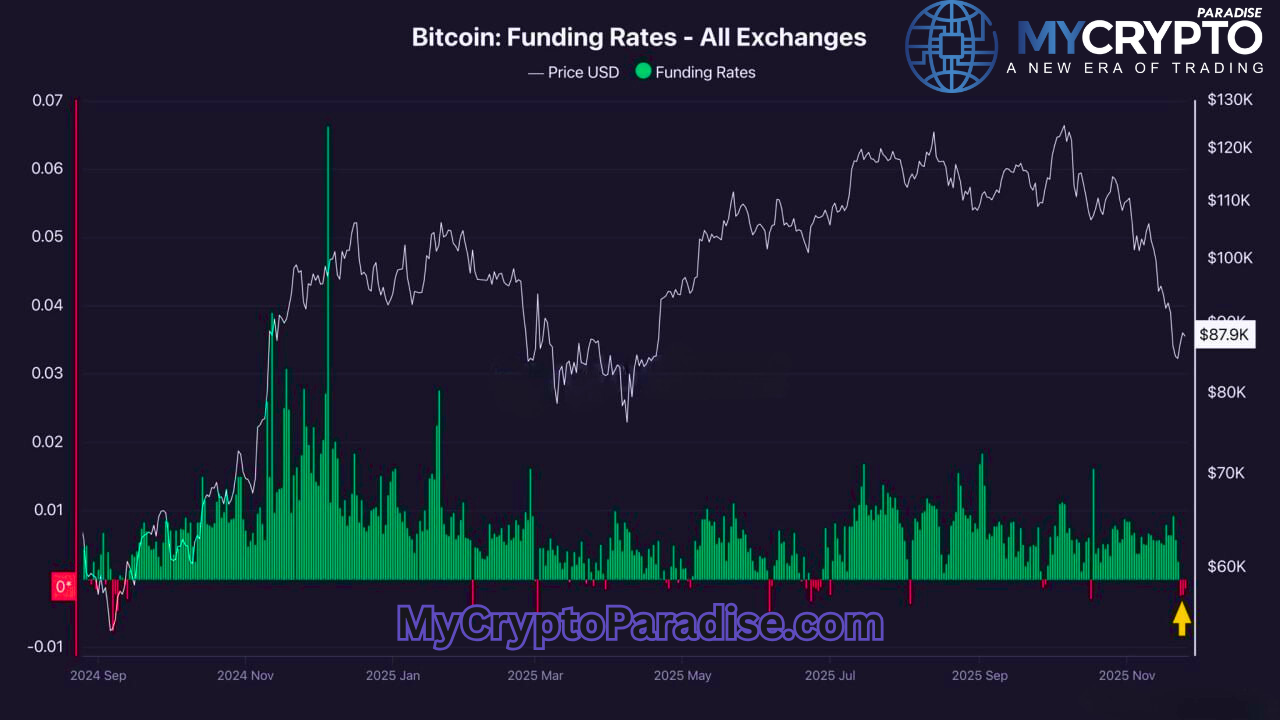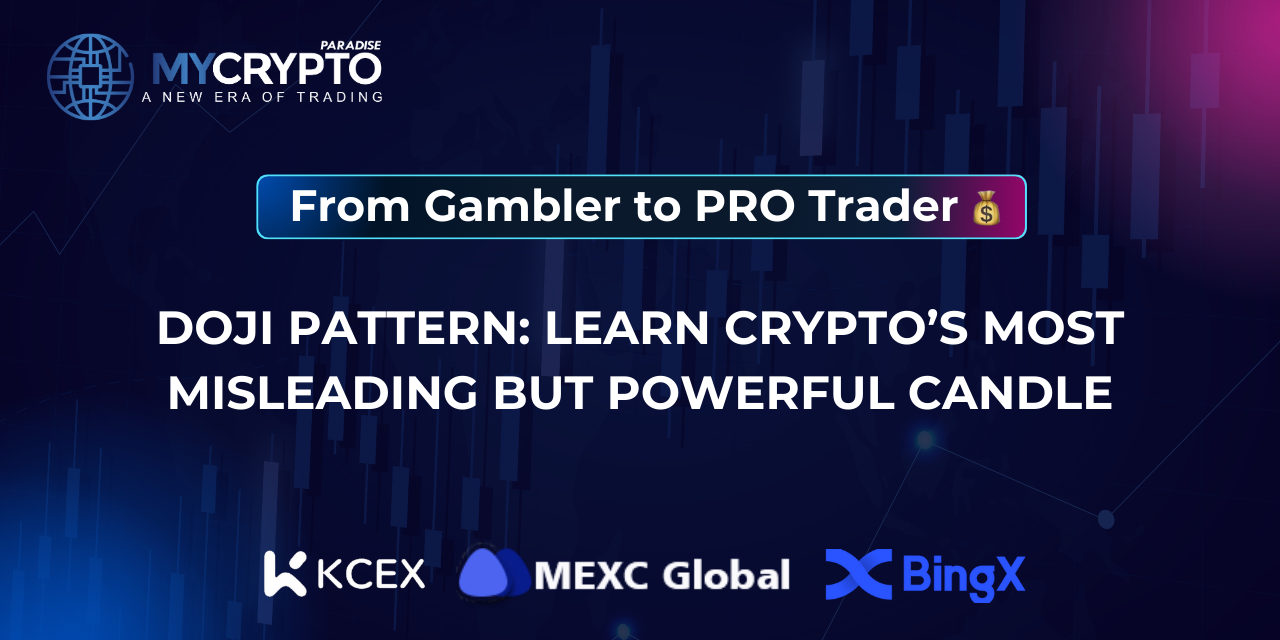As all agree that Knowledge is power, Mycryptptoparadise focuses not only on crypto trading signals but also as a source of cryptocurrency know-how to its subscribers and crypto community at large. That being said, today, we shall look inside out the meaning of mempool, a popular vocabulary among bitcoin miners.
The term mempool is not one of the well-known buzzwords in Cryptocurrency mining and trading. However, it’s a significant concept needed to understand the crypto transactions’ ins and outs. Although there is criticism by some Bitcoin enthusiasts that the current design is slowing down the network and allows spam at times, it still helps maintain the integrity of the entire structure.
What is mempool in crypto?
Mempool is a short form of a memory pool that refers to a collection of transactions that have not been confirmed and waiting for confirmation by crypto nodes. A better way to understand this is by considering it as a waiting bay that the population density will be proportional to the number of persons walking into that bay. As for this case, if the network id overloaded, then definitely the transaction lists are bound to be quite long. The transaction is immediately confirmed, and it cements into the blockchain and permanently becomes part of the network or completely crushes down if the system is shut down.

Above is a visualization of the transactions sitting in the mempool as of today.
Mempool can also be defined as managing transactions that have not yet been included in the blockchain network. This implies that a node has not yet confirmed the transaction. You should also note that I consistently use the term “mempool” and not ‘the mempool” as there is no single mempool that is standard, or all the nodes adopt that in the network. Various cryptocurrencies receive transaction requests at different times, and therefore there cannot be a single system that works for all these nodes.
For instance, your sent transaction does not immediately get propagated by the network as it takes some time as it is passed along to other peers first and so on. There is no routine or a specific order in which this is done and therefore making it difficult for all the nodes to use a single mempool for the different times. This is because of the various transactions taking place, one node after another.
How a mempool work
First, a user sends a transaction(s) from their wallet to another address, which is queued as it waits for confirmation by a node. After which, the transaction then proceeds into the mempool, where it waits for confirmation by miners. TakingTaking bitcoin as an example, a transaction will go through a series of ten checks before it’s finally let into the mempool.
Transactions missing their parental funding source are referred to as orphaned transactions, and network regulations indicate that such transactions must not be propagated into the network. In this case, the node may either run the verifications until the parent is identified or until the transaction is rejected. But if the transaction meets all the node requirements, it will be automatically added into the memory pool and permanently broadcasted into the network. In some cases, the owner of a node may change specific criteria, although there have to be custom functions involved.
To understand mempool concept easily, one should visualize it as a task that is given a top priority among the miner when validating crypto blocks. It makes it easier for them to pick up transactions as per the time that the transactions were executed. And because the blocks are small in size and have limited storage space, having an unusually high number of transactions will make the lists larger, and likewise, confirmations will take a little bit longer.
When does the pool get full?
A node operator dictates the storage capacity of a mempool, and this can range from thousands to millions. But where there are no set limits, the pull is considered full when the number of transactions surpasses the current network’s capacity to process them.
In most instances, the mempool is stored in RAM and a dedicated server with an extremely high ram, though expensive, is desirable. In case of an overloaded server, the software may be crashed, and the memory pool completely whipped out, hence acting as speed control for the entire system.
All in all, think of mempool as people waiting at a bus stop, waiting to be picked up. Staying in a line or well-organized manner, they get on board in that sequence but only but through a bus pass or fee. After which, they are given tickets or “confirmed,” and finally, they are on their way to the given destinations. Those are the simplified steps on how mempool works; in brief transactions, go through a series of checks and verifications. If it satisfies all the set regulations, it permanently gets added to the network.



